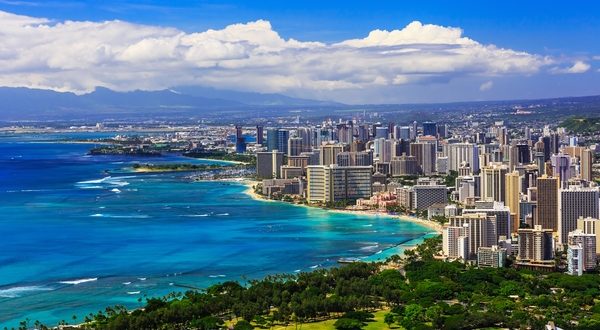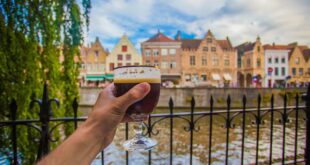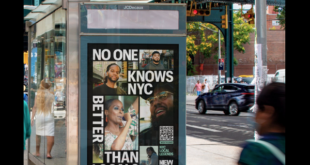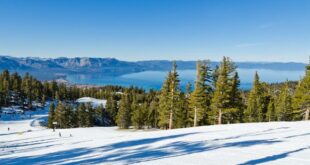[ad_1]
When I was a travel agent, clients who discovered I had a long association with Hawai‘i would often pepper me with questions about the state—what it’s like to live there, how it’s different from the rest of the United States, what the reasons are behind the myriad little quirks.
I noticed I’d get the same questions over and over from a curious client base, and even though I no longer sell travel, I still get questions from readers. So, I’ve compiled a short list of some of the most frequent.
So, you’re Hawaiian, right?
No. That’s one of the big ways Hawai‘i is different. Any resident of California is a Californian. Residents of Oregon are Oregonians; residents of Washington are Washingtonians, etc. In Hawai‘i, custom limits the use of the term “Hawaiian” only to those who have native Hawaiian ancestry. Everyone else is a “Hawai‘i Resident” or “local”.
“Hawaiian Shirt” is also a no-no. It’s “Aloha Shirt”.
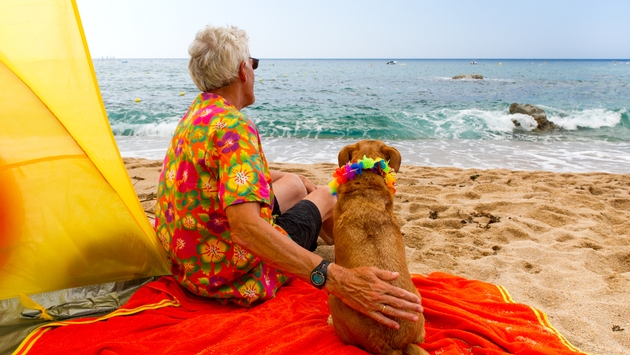
Why aren’t there any ferries between the islands?
This is a common question from travelers, wondering why air travel is the only inter-island link, particularly when the islands are so close.
There is, in fact, a passenger ferry that runs between Maui and Lana‘i but it only accommodates foot traffic (no vehicles).
As for the other islands, it gets tricky for a number of reasons.
The first is ocean conditions.
The channels between the Hawaiian Islands are some of the roughest in the world. Underneath the ocean, the islands are essentially underwater mountains; just as air gets rough when whistling through narrow valleys, the same happens with seawater when it’s forced through the narrow channels between islands—it gets notoriously choppy, and that makes channel crossings much slower and less comfortable than flying—at fares that are often comparable.
Ferry service was attempted in the late 2000s but myriad concerns about environmental impact and increased traffic on neighbor island roads shelved the project.
Why is everything so expensive?
Three reasons: shipping, land scarcity, and economies of scale.
Pretty much everything sold in Hawai‘i is imported: perishables by air, non-perishables by sea. The cost of that shipping is included in the price. Items also ship in relatively small lots (particularly to the Neighbor Islands) increasing the cost per unit.
Supply chains for items sourced in Hawai‘i aren’t immune either. Transport fuel is more expensive, land for agriculture, warehousing, and retailing is expensive, and wages are higher. Many Hawai‘i farm and fishing operations are also small, meaning they don’t have the same economies of scale that massive industrial farming operations on the Mainland benefit from.
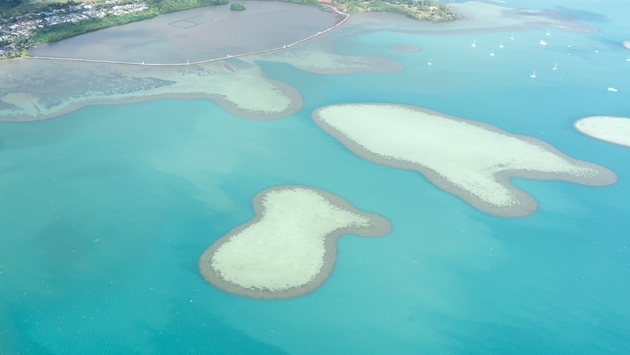
I heard locals speaking another language; was that Hawaiian?
It’s entirely possible, but unlikely.
After years of suppression, the Hawaiian language began a renaissance in the 1970s and immersion schools were available from the mid-1980s onwards. While the State of Hawai‘i counts Hawaiian as an official language, it’s estimated the number of fluent Hawaiian speakers is in the low tens of thousands. Ni‘ihau (which privately owned and off-limits) is the only island where the majority of the population speaks Hawaiian for everyday use.
A number of Hawai‘i residents speak languages from across the Pacific Rim, and there is even a creole language called Hawaiian Pidgin that is a holdover from Hawai‘i’s plantation past. Pidgin grew from the need for plantation workers who were primarily from The Philippines, Japan, China, Portugal, Hawai‘i and the United States to communicate quickly in a common language with elements from each.
Visitors shouldn’t attempt to speak Pidgin. Pidgin speakers are generally fluent in Standard English and consider Pidgin to be a language of shared experience and heritage—not a tourist amusement.
Do locals really not like tourists?
Few Hawai‘i residents have any misconceptions that the lifeblood of the state’s economy is tourism, and with this in mind, the vast majority demonstrate Hawai‘i’s famed “Aloha Spirit” with visitors the interact with.
As with any destination, local residents can get a little testy when visitors aren’t respectful, and treat the entire state as though it’s part one big resort where everything is for and about them. It’s important to remember that visitors share the island with residents who face realities that visitors won’t see during their brief stays.
High prices for food and gas and lodging take on a different tenor when they’re an everyday headache, not a minor vacation inconvenience. It’s also not particularly sensitive for visitors to complain about traffic jams when they’re a part of the congestion, or say they’d sleep anywhere, even on the beach, to live in Hawai‘i where homelessness is a very real problem.
What’s the most important thing to know for Hawai‘i visitors?
A good wrap-up item for visitors is a concept that’s important for everybody in Hawai‘i—the concept of pono. Hawaiian for “righteousness” or “rightness”, it’s enshrined in the motto of the state of Hawai‘i.
That means respecting the land and her people—being polite, not honking horns in traffic, disposing of trash properly, not harassing local wildlife or taking lava rocks or beach sand as souvenirs.
That’s the most important, simple rule for sharing these islands.
[ad_2]You can read more of the news on source
 Travelsmart
Travelsmart
